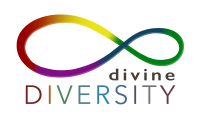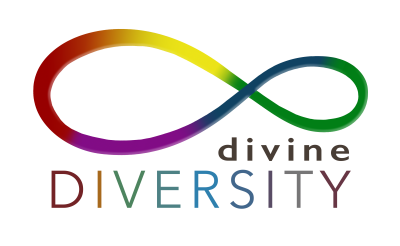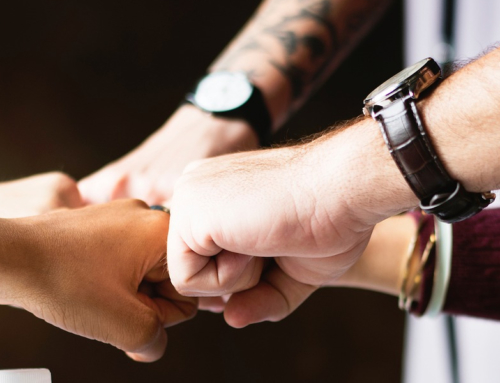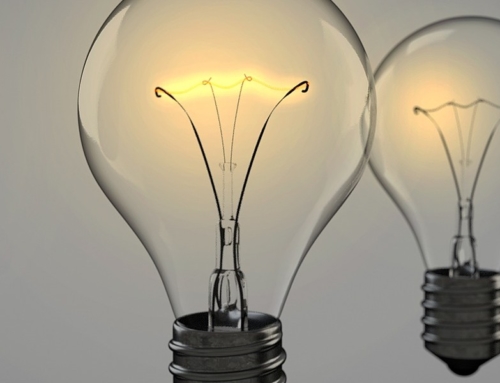I found this article from the Telegraph about Generation Z, kids born after the year 1995, and a study that shared this surprising stat…
Only two thirds of Generation Z identify as ‘exclusively heterosexual’
Here’s a quote from this article:
“Research by Ipsos Mori found that 66 per cent of young people, aged between 16 and 22, are “exclusively heterosexual” – the lowest figure of any generation.”
I wanted to learn more so I followed the link to the Ipsos Study mentioned,
“Beyond Binary – the lives and choices of Generation Z – Ipsos Thinks”
It’s a 91 page document, and well worth the read, but if you’re looking for specific info, you can hold down “Ctrl” on you keyboard and then “F” key and “Find” any word in the document. I used this technique to search for the word “hetero” and skipped down to page 13 for this quote:
“There’s evidence this more liberal context has given Gen Z a greater freedom to have a less binary view of sexuality. Although likely to also be an impact of age, just two thirds (66%) of Gen Z think of themselves as exclusively heterosexual, compared with 71% of Millennials, 85% of Gen X and 88% of Baby Boomers.”

Each Generation Changes – Not Hetero Stats
To be clear here, when flip this chart, and we look at the combined numbers of people who do NOT identify as exclusively heterosexual, we get these numbers:

Baby Boomer Reactions
For people of older generations, these statistics may be hard to believe. “How could this many people be somewhere outside of heterosexual?! Isn’t this really rare?” We get a variety of responses to sharing this information. Sometimes, requests for sources (because “this couldn’t be true”), often followed swiftly by the idea that these “kids must have been brainwashed into confusion.”
Our world has changed and this new generation has a unique perspective. “Unlike Millennials, who straddle the information technology revolution that has occurred worldwide since the nineties, Generation Z are the first fully internet-enabled generation.” p. 67 When we have access to diverse voices unfiltered by mainstream media, we can readily see other kinds of identity and hear diverse people’s stories first hand. Our invisible minorities are not new populations, but they ARE newly visible, and that changes things.
Older Generations Want to Ignore It
Whether you want to believe that these changes are valid or not, they are taking place. To ignore our community’s growing awareness and exploration of diverse identities is to invite human rights infractions that can have devastating implications, legally, financially and in terms of reputation. Professionals have always needed diversity education, but now more than ever before, there are consequences to ignoring the human rights issues of inclusion and social justice.
Bisexual
One last graph I whipped up for you – check out the changes this data shows us for bisexuality.

Gay and lesbian numbers doubled and then tripled, but seem to have not changed much over time, when you compare them to bisexual, pansexual and undefined sexualities. It’s important to notice how surprising this is. When we see the size of bisexual erasure, we may question the stats… but we should also begin to question why this has happened. Why are bisexual people THIS invisible?
Internet – Creating Visibility
In Aug 1991, the World Wide Web became public with the first ever website. The first browser came out in 1993, the first search engine in 1994, and Google Search in 1997. If you think about which generations have grown up inside of this information revolution, you can see the correlations in LGBTQ data for Millenials and Gen Z. As we begin to see invisible minorities and have access to their voices, unfiltered by mainstream media, people wake up to possibilities. This is an unprecedented historical change in our awareness of who actually exists, how they feel, what they think, and what they do.
Many children growing up now express orientation as an unknown, experiencing this as something that they will discover as they get older, instead of assuming that they are straight, or that if they aren’t, this is something that they are born with. This very idea leaves room for exploration and this has a been huge change for bisexuality stats. We are also seeing kids identifying in many other LGBTQ+ identity categories at younger and younger ages. It’s hard to come out as trans when you have never heard the word transgender, and have never seen a trans person. Now that we have more visibility, kids are seeing themselves represented and learning vocabulary.
Generation Gaps
This huge change for this new generation creates vast generation gaps, not just with Baby Boomers, but also with Gen X. People in their 40s and 50s right now imagine themselves to be modern and awake. Afterall, we use the internet, we have smart phones, we get it. Right? Nope, we don’t. We are immigrants to this technology, not native to it like Gen Z. We will never use the internet the way they do. Failing to grasp that key difference is a dangerous problem.








